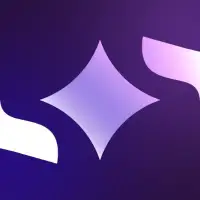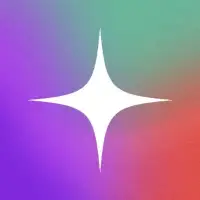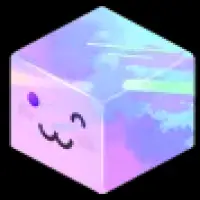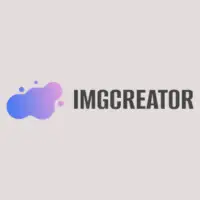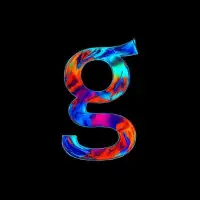If you’ve ever wished you could turn a rough sketch into a detailed artwork or transform one photo into a completely different visual style, Image to Image AI tools are exactly what you’re looking for.
These image to image creators are redefining how we edit, enhance, and create images from simple tweaks to full-blown artistic transformations, demonstrating the power of artificial intelligence.
Let’s break it down.
What Are Image to Image AI Tools?
Image to Image tools use advanced machine learning models to take an input image and generate a modified or enhanced version of it, based on a specific instruction, style, or transformation.
Think of them as translators for images.
You give the AI tool one image, and it gives you back a new version based on your chosen settings. This can mean:
Style transfer (e.g., turning a real photo into a Van Gogh painting).
Photo restoration (e.g., fixing blurry or damaged images).
Face editing (e.g., changing expressions or age).
Sketch to image (e.g., turning line drawings into photorealistic images).
Image inpainting (e.g., filling in missing parts of an image).
These image to image generators aren’t just for designers. They’re for marketers, content creators, social media managers, e-commerce brands, architects, and anyone who works with visual content.
What Can Image to Image Tools Actually Do?
Here's what makes them powerful:
1. Image Style Transfer
Transform your original image into a specific artistic style with an image to image converter. Want your photo to look like a Picasso or a Cyberpunk scene? Upload the image, select the style, and the AI does the magic.
2. Image Enhancement and Restoration
Remove blur, enhance resolution, adjust lighting, or even fix old, damaged photos. Perfect for photographers or anyone digitizing old media.
3. Face or Object Editing
Change facial expressions, age, makeup, or even swap outfits using AI. Some tools let you modify specific objects or people in a photo while keeping the rest intact.
4. Sketch to Image Generation
For artists, designers, and architects, image to image generators convert simple drawings into highly detailed visuals. Ideal for concept art, product design, or architectural visualization.
5. Background Manipulation
Remove, blur, or replace backgrounds automatically. Useful for product photos, profile pictures, or social media content.
6. Inpainting or Object Removal
Need to remove an unwanted object? Or reconstruct a missing area in an image? Inpainting AI fills in those gaps naturally and convincingly.
7. Image Recoloring and Texture Mapping
Change colors of objects (e.g., clothes, walls, furniture), apply textures, or simulate materials useful for interior designers, fashion stylists, and branding.
8. Photo to Illustration or Cartoon
Convert photos into digital art, cartoon-style images, anime, or comics. Popular among content creators, YouTubers, and mobile game designers.
9. Style Mixing or Blending
Merge two visual styles together like combining watercolor and comic styles, or modern and vintage tones, giving you creative control over the final image aesthetic.
10. Visual Storyboarding and Mockup Generation
AI can help generate image sequences for storyboards, ad mockups, or UX concepts from basic visual prompts, speeding up creative workflows.
Key Benefits of Using Image to Image AI Tools
Time-Saving: Skip complex manual editing. What used to take hours in Photoshop now takes seconds.
No Design Skills Needed: Most image to image tools are built with a simple UI. Just upload, click, and go. Perfect for non-designers.
Highly Customizable: Many tools let you control the strength of the effect, adjust layers, or use text prompts to guide the transformation.
Consistent Results: Useful for brand marketing. Create consistent-looking visuals at scale.
Creative Exploration: Experiment with styles, textures, or visual effects you wouldn’t normally try.
Who Should Be Using Image to Image AI?
Content creators: For creating stylized thumbnails or Instagram posts.
E-commerce brands: For product enhancement or uniform image editing.
Marketers and agencies: To create branded assets quickly.
Photographers: Restoration, enhancement, and creative edits.
Architects and designers: For visualizing sketches and blueprints.
Animators and illustrators: For quickly iterating ideas.
Popular Use Cases
Turn a daytime photo into a night scene.
Convert sketches to digital art.
Restore old family photos.
Apply a consistent visual style across a campaign.
Create mockups from rough ideas.
Remove watermarks or unwanted elements (ethically!).
Build characters for games or comics using variations of an image.
Final Thoughts
Image to Image AI tools are no longer just cool experiments; they’re practical, powerful, and already changing how we work with visuals. Whether you’re fixing an image, transforming it for social media, or experimenting with creative ideas, these AI image to image tools offer endless possibilities.


